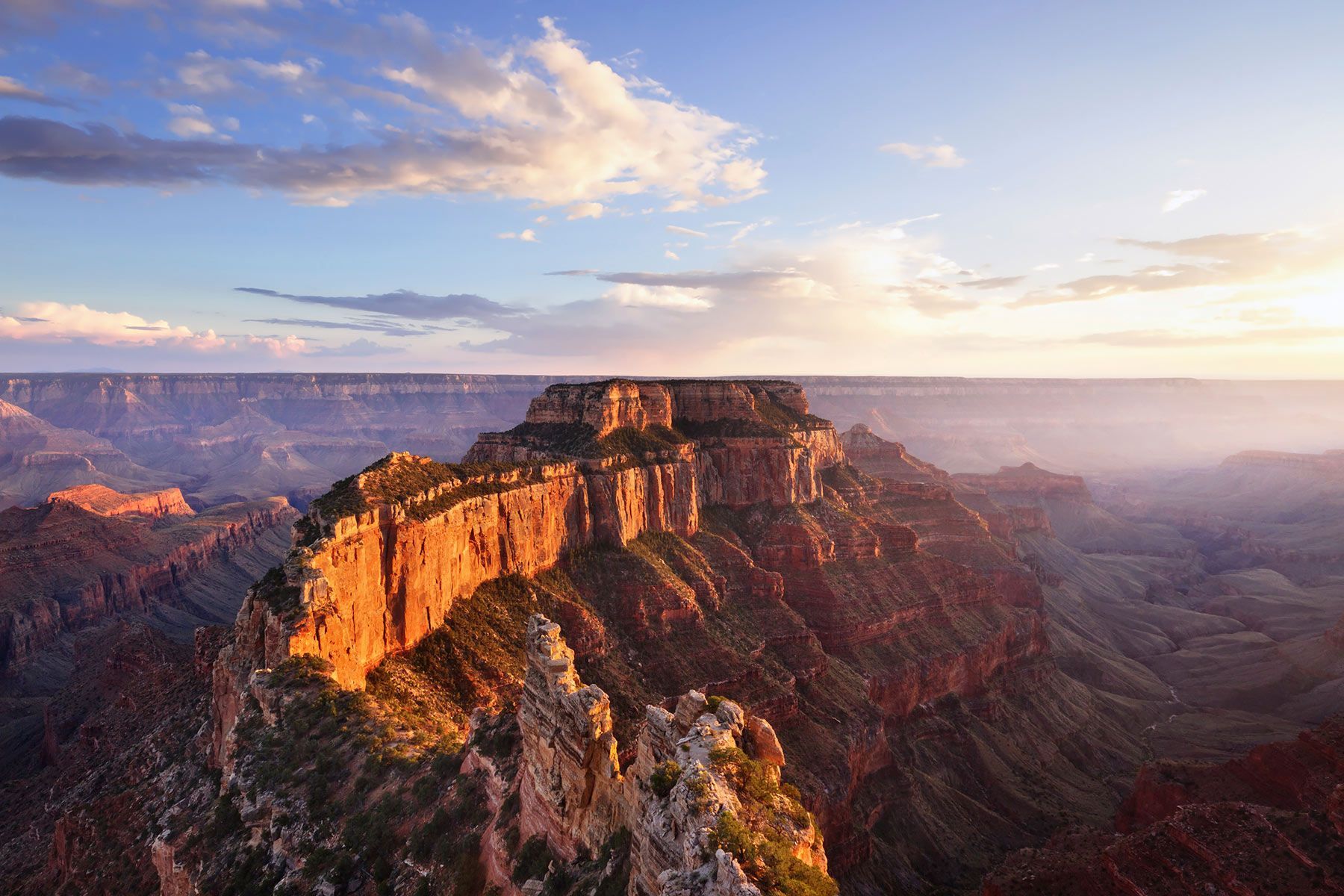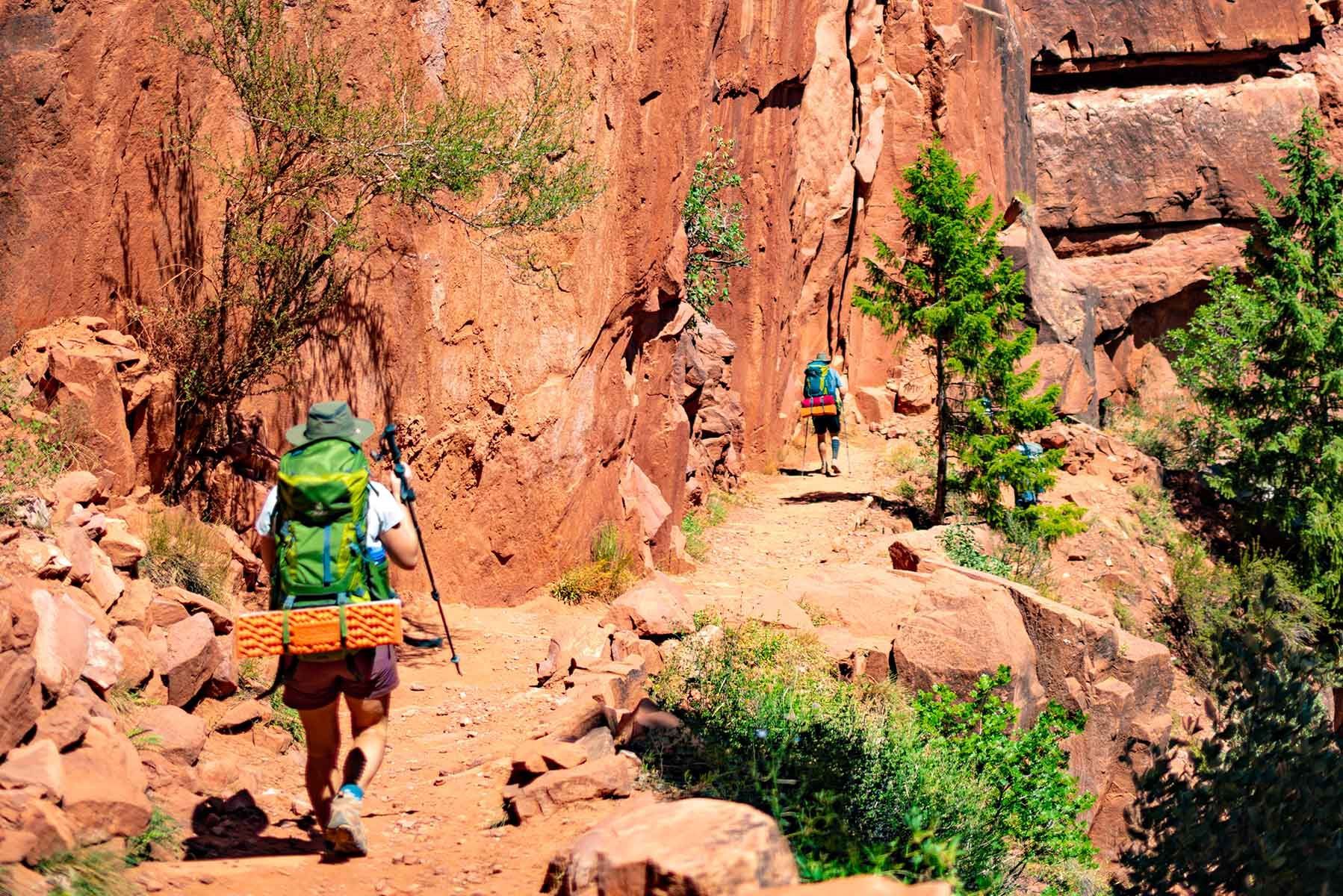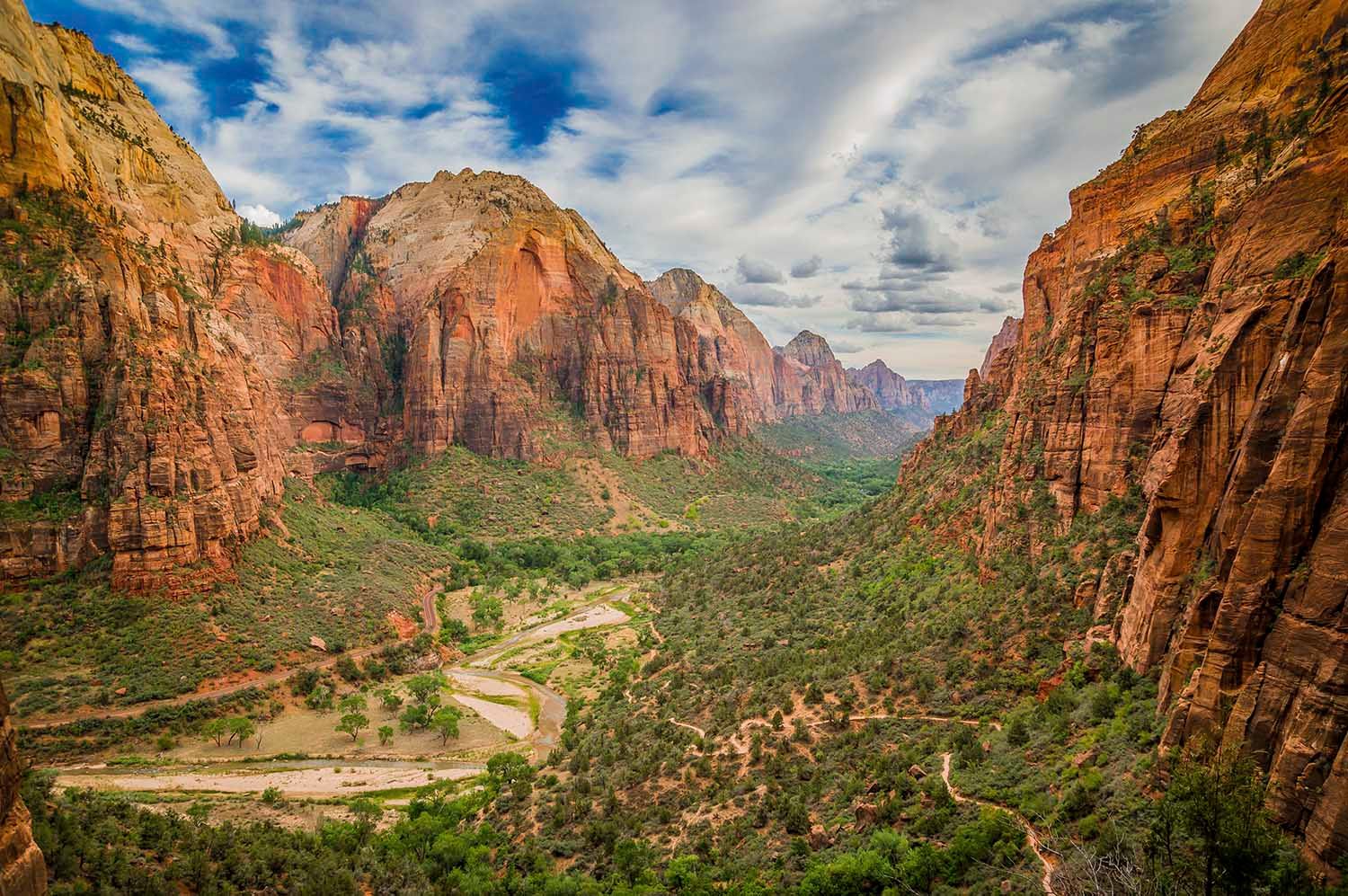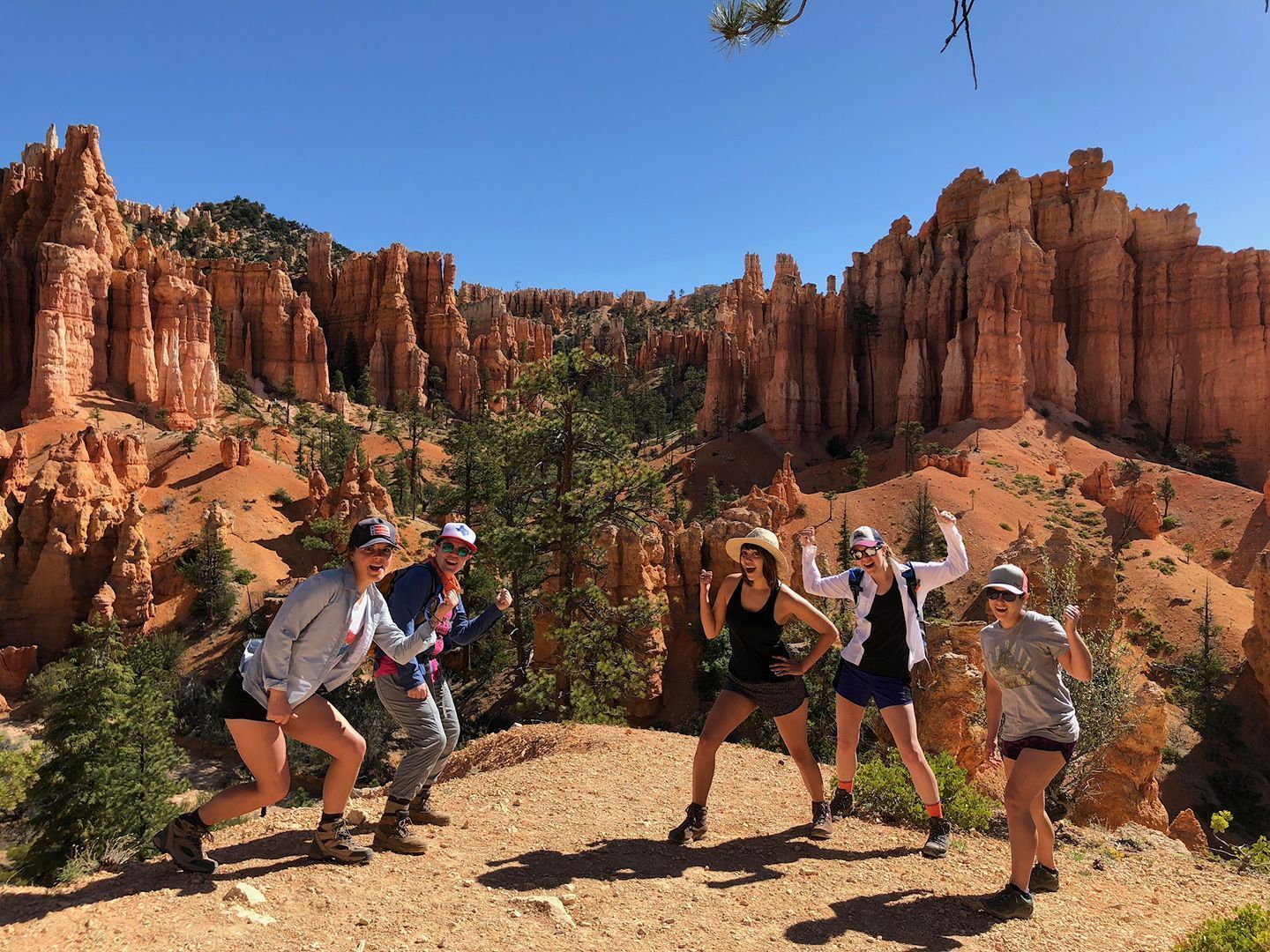Training For Your Next Hiking Adventure
Key Takeaways
- Start training early — Begin your hiking preparation at least two months ahead to build endurance and prevent injury before your next hiking adventure.
- Train by hiking regularly — Hit local trails with varied terrain and elevation to strengthen leg muscles and simulate real trail conditions.
- Build cardio and core strength — Incorporate gym workouts like spinning, step aerobics, swimming, or yoga to improve stamina, balance, and overall conditioning for long hikes.
- Practice with a weighted backpack — Gradually increase your pack weight to prepare for multi-day or backpacking trips such as Grand Canyon or Sedona hikes.
- Stay consistent and mindful — Progress steadily, listen to your body, and balance training intensity with recovery for a safe and enjoyable hiking experience.
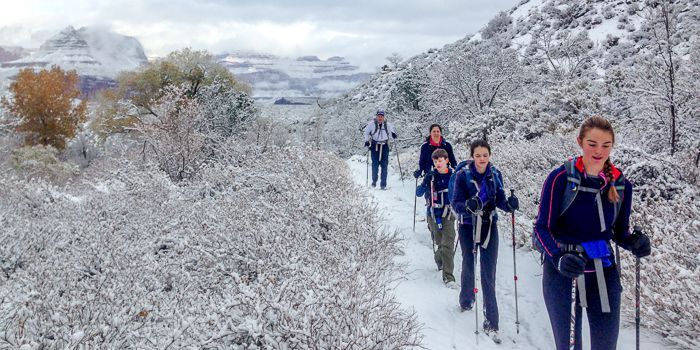
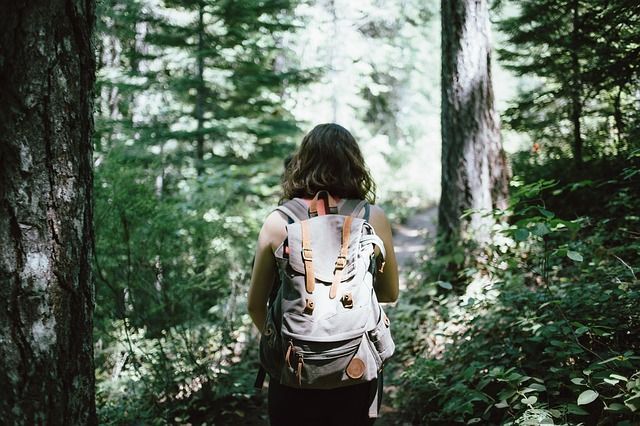
We stuffed the turkey and then proceeded to stuff ourselves. Now with another month of holiday treats and sweets ahead, I think we will all be needing a bit of shaping up before 2016’s big hiking adventures. Perhaps you have planned your own backpacking excursion or maybe you have signed up for a guided hiking adventure with an experienced outfitter. Either way, in order to get the most out of your adventure you will want to make sure you are in good shape. Here are some helpful hints on how to train for your hiking trip.
Go hiking! It’s so obvious that we often forget to train the simplest (and most enjoyable) way. Find a few trails in your area and start making regular plans to hike them. Focus on trails that will offer plenty of ups and downs so that you can work all those different muscles in your legs. Perhaps one weekend focuses on a longer hike with little elevation change and the next features a shorter hike that climbs to a summit before coming back down. Look for variety in terrain. And you will probably end up discovering some great new trails in your area.
If you live in Florida (or some other infinitely flat locale), you might need to find tall buildings or high school stadiums where you can climb stairs. But this gets pretty boring. You might find the stair climber machine gathering dust in your basement is a better option. If you live in Wisconsin and you’re looking at 5 months of snow on the ground, it’s time to get some snow shoes or cross country skis and discover the pleasure and beauty of winter sports!
Get some value out of that gym membership. Focus time on cardio workouts that will help build overall strength and endurance. Join a spin class to really get that heart pumping or consider step aerobics. For multi-day hiking trips like the Utah Basecamp Adventure, endurance and steady cardio training make a big difference Even yoga classes will help develop core strength and improved balance (which comes in handy if you will be on a backpacking vacation or hiking adventure). If there’s a pool available, swimming provides some of the best all-around, low-impact conditioning.
Add some weight on your back. This is especially important if you will be backpacking. This is especially important if you’ll be tackling Grand Canyon backpacking trips where elevation gain and pack weight can really test your stamina. Start with about 8 to 10 pounds in a comfortable backpack (preferably the backpack you will be using) and slowly add weight until you reach your targeted maximum weight. Try to avoid using dead weight such as dumbbells, gallon water jugs, etc. Stuff clothes into your backpack as well as smaller water bottles so that the weight is distributed evenly. After a few months of adding weight and steadily increasing the length of your hikes, you’ll feel ready for longer routes such as the scenic Sedona hikes that combine red rock beauty with elevation training.
In general, start training well in advance (2 months minimum). Take it easy in the beginning and slowly and steadily increase weight, time and distance. Listen to your body and don’t overdo it. An untimely injury will put your training off-track and potentially ruin your trip. A concerted effort put into physically preparing for your hiking trip is essential to your enjoyment especially for challenging yet rewarding programs like our Grand Canyon Basecamp Adventure and it’s a great way to get started on an overall exercise regimen for a happy, healthy life! Once you’re trained and ready, explore our Destinations in the Southwest to choose where your next hiking journey will take you.
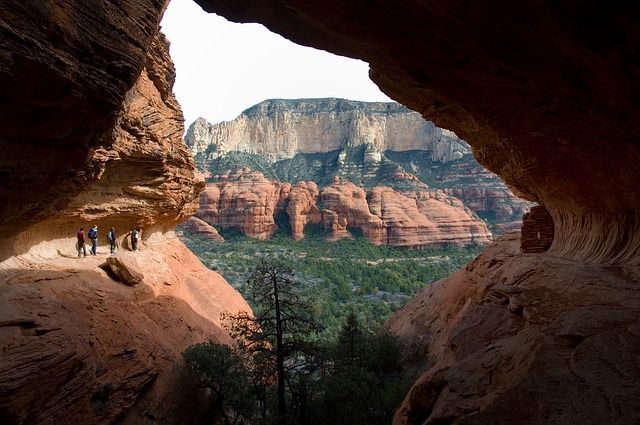
Frequently Asked Questions
Get ready for your next hiking adventure with these training tips to build strength, endurance, and confidence on the trail.
How should I start training for a hiking trip?
Begin by hiking local trails regularly to build stamina and strengthen your legs. Mix up terrain types—some with hills, others longer and flatter—to train different muscle groups. Gradually increase distance and difficulty as your endurance improves.
How far in advance should I start training for a hike?
Start training at least two months before your hiking adventure. This gives your body time to adapt to increased activity, build endurance, and avoid injury. Begin slow, then steadily add distance, weight, and elevation each week.
What are the best exercises to prepare for hiking?
Combine cardio, strength, and balance training. Hiking itself is ideal, but also include stair climbing, cycling, swimming, and yoga. Focus on workouts that strengthen your legs, core, and cardiovascular endurance for long days on the trail.
Should I train with a weighted backpack?
Yes. If you’ll be carrying gear, gradually add weight to your training hikes. Start with 8–10 pounds and increase slowly until you reach your expected pack weight. Use your actual backpack and distribute the weight evenly for realistic practice.
How can I train if I live in a flat area?
If you don’t have hills nearby, climb stairs in tall buildings, use a stair climber at the gym, or add resistance on a treadmill. Focus on endurance workouts like spin classes or brisk walks to simulate hiking conditions.
How do I prepare for hiking in snowy or cold conditions?
Use the winter to your advantage—try snowshoeing or cross-country skiing to build leg strength and cardio fitness. Dress in layers, and focus on balance and stability training to move safely in slippery or uneven terrain.
Why is cardio training important for hiking?
Cardio builds endurance, helping your body handle long climbs and full days on the trail without fatigue. Activities like running, cycling, swimming, or step aerobics strengthen your heart and lungs, making hiking more enjoyable and sustainable.
How can yoga help with hiking preparation?
Yoga improves core strength, flexibility, and balance—all essential for navigating uneven trails and carrying a backpack. It also aids recovery by reducing soreness and improving posture during long hikes.
How can I prevent injuries while training for a hike?
Increase intensity gradually and listen to your body. Warm up before workouts, stretch afterward, and rest if you feel pain. Avoid overtraining—pushing too hard too soon can cause injuries that delay your progress.
What’s the best way to stay motivated during hiking training?
Set clear goals, track progress, and vary your workouts to keep things interesting. Hike with friends, explore new trails, or join a local hiking group to stay inspired and accountable as you prepare for your adventure.
Four Season Guides, 506 N Grant St suite o, Flagstaff, AZ 86004, United States
+19285251552
35.19653980, -111.62000560


